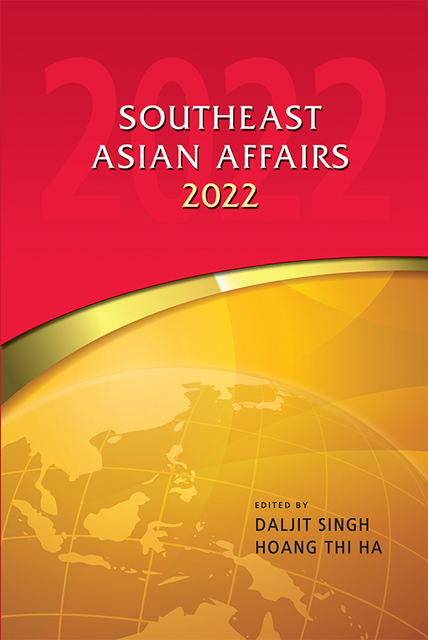Thailand’s Monarchy in Crisis: The Tenth Reign
Published online by Cambridge University Press: 01 September 2023
Summary
In order to understand the roots of the current crisis under King Vajiralongkorn (also styled as Rama X), it is necessary to go back nearly a century in time to 1932, when a small group of officers and civilians launched a coup and forced the absolute monarch King Prajadhipok, or Rama VII, who reigned from 1925 to 1935, to accept a constitution. For the last ninety years, Thailand has been a nominal constitutional monarchy, but its evolution has been complex and significantly different from any other comparable regime. The decades of an often-tortuous relationship between the two core institutions—constitution and monarchy—and particularly the reign of the late King Bhumibol (Rama IX) from 1946 to 2016, have created the system that is now being directly and publicly challenged for the first time since 1932.
Historical Background
The history of the Thai constitutional monarchy can be periodized in various ways, but at least five important stages or phases can be identified. The first stage, lasting from the June 1932 coup until Prajadhipok’s abdication in March 1935, witnessed a prolonged tussle between the new regime led by the commoners of the People’s Party and the royalists loyal to the king and the ancien régime. Although the overthrow of the absolute monarchy had little to do with Siamese public sentiment and there was no significant current of republicanism, the People’s Party represented a critical mass of middle- and lower-ranking officers and officials who resented royal privileges and princely domination of the military and the government. The policy of sending large numbers of Siamese overseas (mainly to Europe) for education, which dated back to the reign of King Chulalongkorn from 1868 to 1910, had produced two generations of well-educated and cosmopolitan officers and civil servants of both royal and non-royal backgrounds. When the two groups returned to Siam and entered government service, the princes generally outranked the commoners, regardless of individual merit, and this unmeritocratic system sowed the seeds of dissent.
Although the 1932 coup occurred without bloodshed and Prajadhipok verbally accepted his new status as a constitutional ruler, the next three years were a tug of war for power between himself and the new regime. In 1933, a “parliamentary coup” by conservative royalists and an anti-government rebellion were both suppressed by the regime.
- Type
- Chapter
- Information
- Southeast Asian Affairs 2022 , pp. 362 - 372Publisher: ISEAS–Yusof Ishak InstituteFirst published in: 2023



